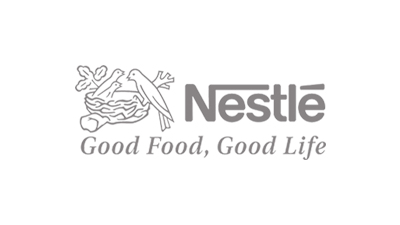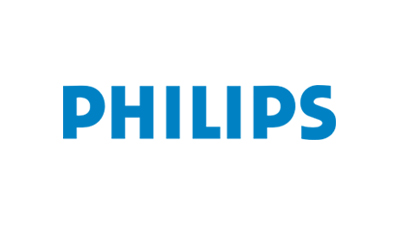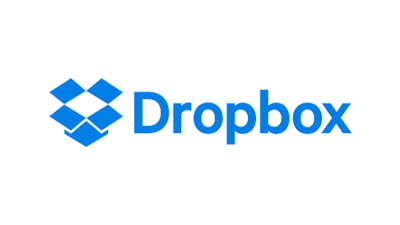A biosensor is an analytical device, used for the detection of an analyte, it combines a biological component with a physicochemical detector. The sensitive biological element (e.g. tissue, microorganisms, organelles, cell receptors, enzymes, antibodies, nucleic acids, etc.) is a biologically derived material or biomimetic component that interacts (binds or recognizes) with the analyte under study. The biologically sensitive elements can also be created by biological engineering. The transducer or the detector element (works in a physicochemical way; optical, piezoelectric, electrochemical, etc.) transforms the signal resulting from the interaction of the analyte with the biological element into another signal (i.e., transduces) that can be more easily measured and quantified. The biosensor reader device with the associated electronics or signal processors that are primarily responsible for the display of the results in a user-friendly way. This sometimes accounts for the most expensive part of the sensor device however it is possible to generate a user friendly display that includes transducer and sensitive element (holographic sensor). The readers are usually custom-designed and manufactured to suit the different working principles of biosensors. The Biosensors industry can be broken down into several segments, Non-wearable Biosensor, Wearable Biosensor, Others, etc. According to our (Global Info Research) latest study, the global Biosensors market size was valued at USD 12290 million in 2022 and is forecast to a readjusted size of USD 21240 million by 2029 with a CAGR of 8.1% during review period. The influence of COVID-19 and the Russia-Ukraine War were considered while estimating market sizes. Global biosensors main manufactuers include Abbott, Dexcom, Medtronic and Ascensia Diabetes Care, totally accounting for about 60% of the market. North America is the largest market of biosensors, holding a share about 40%. As for the types of products, it can be divided into non-wearable biosensor and wearable biosensor. As for the applications of products, it is widely used in medical science, environmental monitoring, food industry, agriculture and others. The most common application is in medical science, with a share about 68%. This report is a detailed and comprehensive analysis for global Biosensors market. Both quantitative and qualitative analyses are presented by manufacturers, by region & country, by Type and by Application. As the market is constantly changing, this report explores the competition, supply and demand trends, as well as key factors that contribute to its changing demands across many markets. Company profiles and product examples of selected competitors, along with market share estimates of some of the selected leaders for the year 2023, are provided. Key Features: Global Biosensors market size and forecasts, in consumption value ($ Million), sales quantity (K Units), and average selling prices (USD/Unit), 2018-2029 Global Biosensors market size and forecasts by region and country, in consumption value ($ Million), sales quantity (K Units), and average selling prices (USD/Unit), 2018-2029 Global Biosensors market size and forecasts, by Type and by Application, in consumption value ($ Million), sales quantity (K Units), and average selling prices (USD/Unit), 2018-2029 Global Biosensors market shares of main players, shipments in revenue ($ Million), sales quantity (K Units), and ASP (USD/Unit), 2018-2023 The Primary Objectives in This Report Are: To determine the size of the total market opportunity of global and key countries To assess the growth potential for Biosensors To forecast future growth in each product and end-use market To assess competitive factors affecting the marketplace This report profiles key players in the global Biosensors market based on the following parameters - company overview, production, value, price, gross margin, product portfolio, geographical presence, and key developments. Key companies covered as a part of this study include Abbott, Dexcom, Medtronic, Ascensia Diabetes Care and LifeScan, Inc., etc. This report also provides key insights about market drivers, restraints, opportunities, new product launches or approvals, COVID-19 and Russia-Ukraine War Influence. Market Segmentation Biosensors market is split by Type and by Application. For the period 2018-2029, the growth among segments provides accurate calculations and forecasts for consumption value by Type, and by Application in terms of volume and value. This analysis can help you expand your business by targeting qualified niche markets. Market segment by Type Non-wearable Biosensor Wearable Biosensor Market segment by Application Medical Science Environmental Monitoring Food Agriculture Others Major players covered Abbott Dexcom Medtronic Ascensia Diabetes Care LifeScan, Inc. Roche ARKRAY Sinocare Nova Biomedical B. Braun Market segment by region, regional analysis covers North America (United States, Canada and Mexico) Europe (Germany, France, United Kingdom, Russia, Italy, and Rest of Europe) Asia-Pacific (China, Japan, Korea, India, Southeast Asia, and Australia) South America (Brazil, Argentina, Colombia, and Rest of South America) Middle East & Africa (Saudi Arabia, UAE, Egypt, South Africa, and Rest of Middle East & Africa) The content of the study subjects, includes a total of 15 chapters: Chapter 1, to describe Biosensors product scope, market overview, market estimation caveats and base year. Chapter 2, to profile the top manufacturers of Biosensors, with price, sales, revenue and global market share of Biosensors from 2018 to 2023. Chapter 3, the Biosensors competitive situation, sales quantity, revenue and global market share of top manufacturers are analyzed emphatically by landscape contrast. Chapter 4, the Biosensors breakdown data are shown at the regional level, to show the sales quantity, consumption value and growth by regions, from 2018 to 2029. Chapter 5 and 6, to segment the sales by Type and application, with sales market share and growth rate by type, application, from 2018 to 2029. Chapter 7, 8, 9, 10 and 11, to break the sales data at the country level, with sales quantity, consumption value and market share for key countries in the world, from 2017 to 2022.and Biosensors market forecast, by regions, type and application, with sales and revenue, from 2024 to 2029. Chapter 12, market dynamics, drivers, restraints, trends, Porters Five Forces analysis, and Influence of COVID-19 and Russia-Ukraine War. Chapter 13, the key raw materials and key suppliers, and industry chain of Biosensors. Chapter 14 and 15, to describe Biosensors sales channel, distributors, customers, research findings and conclusion.
1 Market Overview 1.1 Product Overview and Scope of Biosensors 1.2 Market Estimation Caveats and Base Year 1.3 Market Analysis by Type 1.3.1 Overview: Global Biosensors Consumption Value by Type: 2018 Versus 2022 Versus 2029 1.3.2 Non-wearable Biosensor 1.3.3 Wearable Biosensor 1.4 Market Analysis by Application 1.4.1 Overview: Global Biosensors Cons









